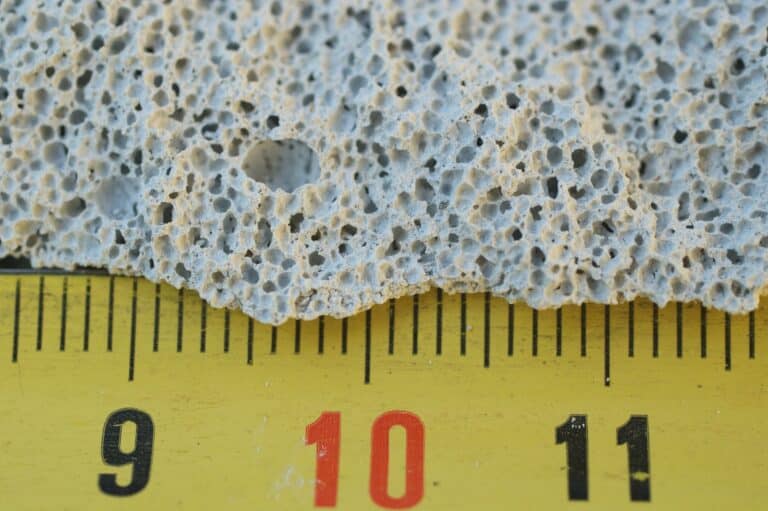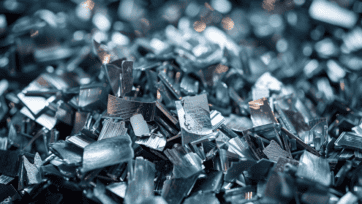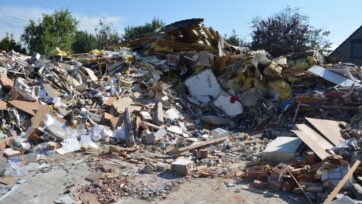Aerated autoclaved concrete (Image credit: Marco Bernardi)
Researchers in Ecuador have identified cellular lightweight concrete (CLC) as a viable alternative to traditional concrete, offering both environmental benefits and enhanced structural resilience in earthquake-prone regions. The study, conducted by a team at UTE University’s Faculty of Sciences, Engineering, and Construction, focused on the material’s potential for shear walls in a seven-story residential building in Quito.
Environmental Benefits of CLC
The construction industry is a major contributor to global carbon emissions, largely due to the widespread use of cement and steel. Cement production alone is responsible for around 2.5 billion tonnes of CO₂ emissions annually, representing approximately 8% of global emissions.
By integrating a foaming agent that creates air pockets within the concrete matrix, CLC significantly reduces cement usage per unit volume. The study found that this lightweight alternative lowers energy consumption and carbon emissions, making it a promising material for sustainable construction.
A life cycle assessment (LCA) was used to evaluate CLC’s impact, considering all stages of its production—from material extraction and fabrication to transportation and construction. The findings confirmed that CLC has a significantly lower environmental footprint compared to conventional concrete.
Earthquake Resistance and Structural Advantages
Beyond its sustainability benefits, the research also demonstrated CLC’s structural advantages in seismic zones. The material’s lower density reduces the overall weight of a building, which is critical in earthquake-prone areas, as lighter structures experience reduced seismic forces.
The study highlights that while CLC maintains sufficient structural integrity, additional research is needed to ensure its long-term performance in earthquake-resistant buildings.
Future of Sustainable Concrete
Ongoing research continues to explore ways to reduce the environmental impact of concrete. One emerging solution involves adding biochar, a carbonized organic material, rinsed with wastewater from cement production. Meanwhile, engineers at the University of Cambridge are developing a zero-emission recycled cement that could be rapidly scaled for global use.
Path Forward
The findings from UTE University suggest that CLC holds significant potential for cities in developing regions where seismic risks and environmental concerns are both critical factors. However, further studies will be essential to refine sustainable construction practices without compromising structural safety in high-risk earthquake zones.
As researchers continue to develop low-carbon building materials, innovations like CLC could play a pivotal role in reducing the environmental footprint of construction while improving building resilience in disaster-prone regions.
Reference
Kajal, Kapil 2025, ‘Tracking system was off in US Army helicopter that collided with passenger jet: Senator’, Interesting Engineering, viewed 11th February 2025, <https://interestingengineering.com/culture/us-army-helicopter-collided-with-jet>

























